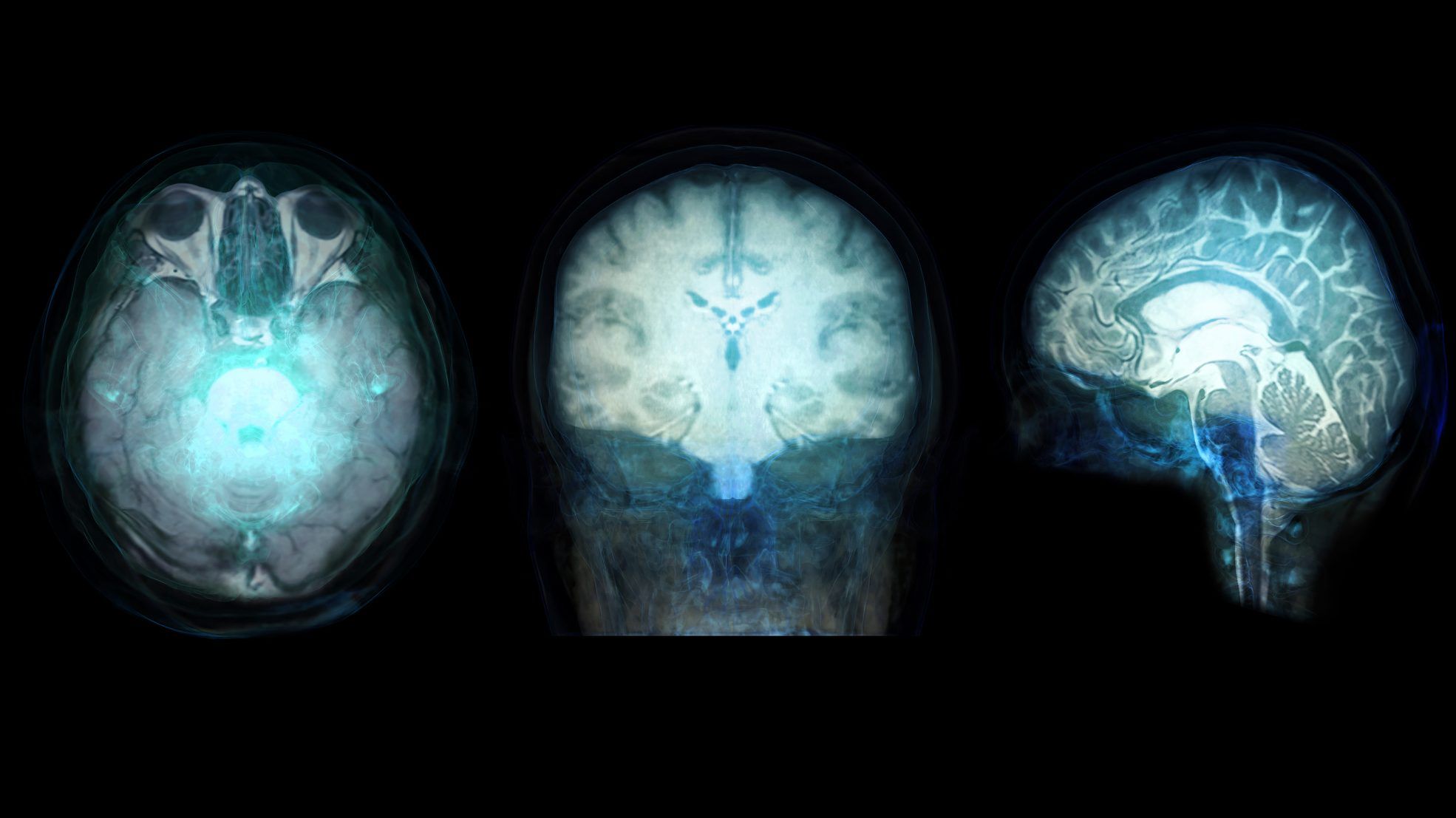“One aspect we elucidate in our study is the role of the murine G900 region in Th2 differentiation and allergic airway inflammation,” said Professor Hiroshi Nakajima, the lead researcher in the study, in a press release. “This region, homologous to the human G900 region associated with asthma, is shown to be essential for in vivo Th2 cell differentiation and allergic responses, particularly in the context of house dust mite (HDM)-induced allergic airway inflammation. Furthermore, we have demonstrated that this G900 region is crucial for optimizing the three-dimensional chromatin structure near GATA3 in Th2 cells.”
Essentially, because the G900 region was no longer present, GATA3 couldn’t trigger the action of Th2, resulting in less inflammation in the body due to a lack of inflammatory response from the immune system.
Results that pave the way for potential new therapies
While the study results have found a new pathway to look toward when developing targeted therapies for inflammatory asthma, there is still a lot of work to do to use the data in a tangible way that helps those living with the condition.
The next steps are finding ways to regulate the differentiation of Th2 through the restriction of GATA3 enhancers in the genome. This tweak may help to reduce allergic asthma by hindering the immune system’s ability to take action against allergens that trigger asthma.
“By identifying and understanding critical genetic regions that regulate immune responses, such as the mG900 region, it may be possible to develop precision medicine approaches tailored to individual genetic profiles. This could lead to more effective and personalized treatments, reducing the incidence and severity of allergic reactions and improving the quality of life for individuals suffering from these conditions,” Prof. Nakajima added in the release.
 3 minute read
3 minute read









